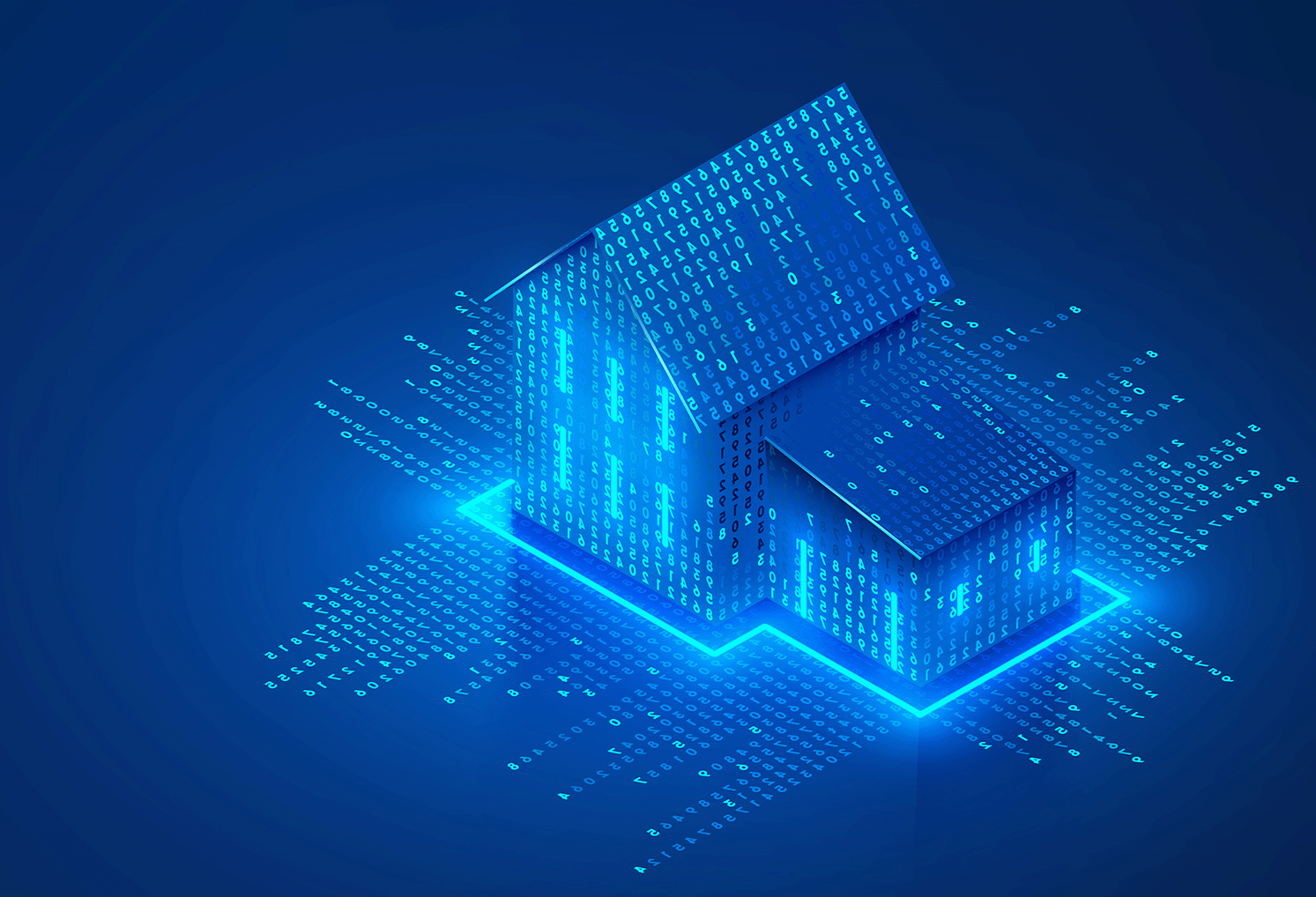Intelligent building and smart control of energy consumption
BACKGROUND
The low energy efficiency of buildings has resulted in an increase in the demand for energy, which in turn increases the electric bill. By improving the efficiency of buildings through the installation of different types of sensors and actuators at different levels of the building, we are able to implement automation strategies for the purpose of carrying out an intelligent and efficient energy demand management. Ultimately, intelligent energy consumption strategies are applied through the use of linear and non-linear algorithms.
The high demand for energy in current buildings is in a large measure due to their low efficiency. This is a big problem since it results in higher electric bills. A solution to this situation as well as other similar ones is achieved through three different levels of action. In a first level, the installation of different types of environmental, electrical or structural sensors enable us to better monitor the building, and know how the consumed energy is distributed via the different systems such as lighting or air conditioning. The installation of these sensors, connected to the actuators, helps implement automation strategies, such as lighting or air conditioning control systems, among others, which results in important energy savings given that these will only turn on when required and will operate within preset parameters. Also, SOLUTE has the capability to carry out an intelligent control of the electrical consumption thanks to the use of linear and non-linear algorithms.
The main tools that are used are intelligent screens (tablets) for the integration of human-machine interfaces (HMI), controllers based on Arduino and Raspberry, or PLCs, the selection of sensors and actuators based on the needs of the project, always in accordance with standard IEC 63044-1:2017 on Home and Building Electronic Systems (HBES) and Building Automation and Control Systems (BACS).
RESULTS
The offer includes an intelligent energy demand management and control system, equipped with different sensors and actuators, along with a central screen from where the user can monitor and control the different parameters as well as view detailed information about the energy consumption and its distribution throughout the building.
The result is an automated energy demand management system with a central screen on which the user can see in real time the different parameters collected by the sensors, temperature, humidity, power consumption...
METHODOLOGY
After the customer has been briefed with all the details regarding the degree of automation, management and monitoring they demand, the sensors and actuators will be selected based on their experience and in accordance with standard IEC 63044-1-2017. Then, the electrical diagram is designed using EPLAN and AutoCAD Electrical, detailing the connections of the different sensors and actuators as well as the routing of the wiring through the installation. A first installation proposal is made, including the different electrical drawings as well as a list of system components and their arrangement. Once the proposal is validated, we will proceed with the final design, installation and commissioning of the system.
The obtained result is an automated energy demand management system with a central screen where the user can see the different parameters that are detected by the sensors in real time: temperature, humidity, consumed power, etc. These parameters can be controlled by the user through the main screen and the human-machine interface.
VR
Digital Twins
Virtual replicas of a specific model that reflect their asset with a high degree of accuracy and incorporate data in real time, collected through sensors, to evaluate the performance and implement improvements that can be transferred to the original physical asset they represent.
Nuclear
Technical assistance for design deviations
Evaluation of possible design deviations of structural components during the construction of nuclear plants to comply with the strict safety standards of the sector.
